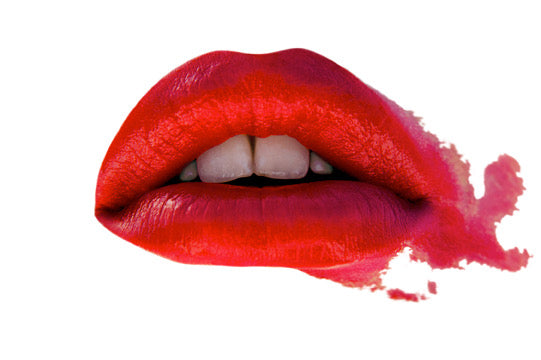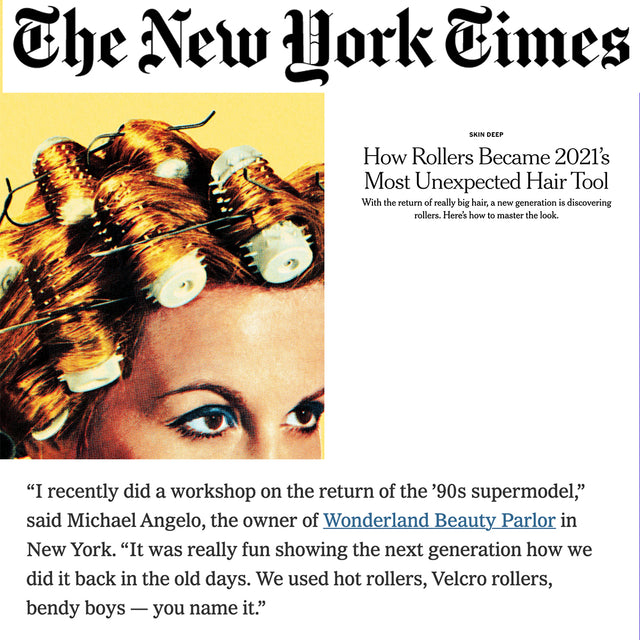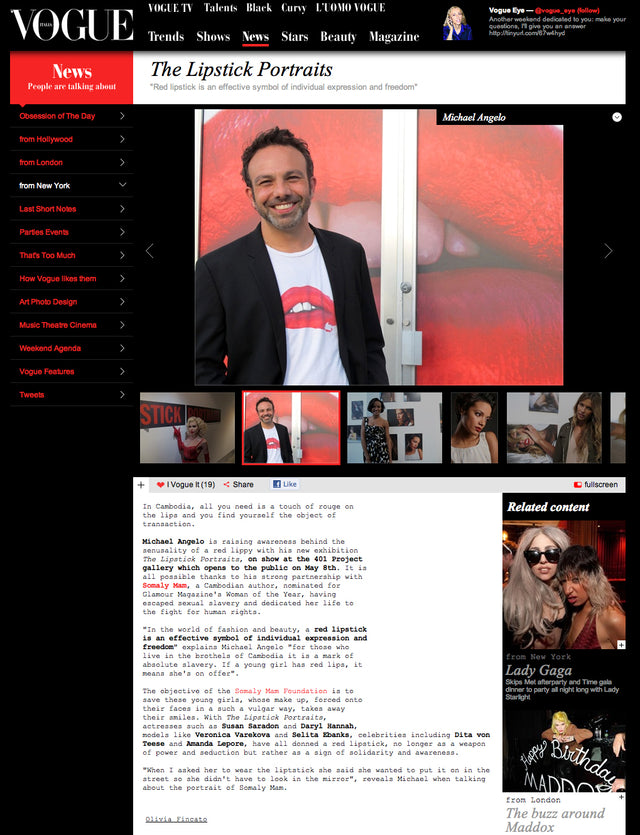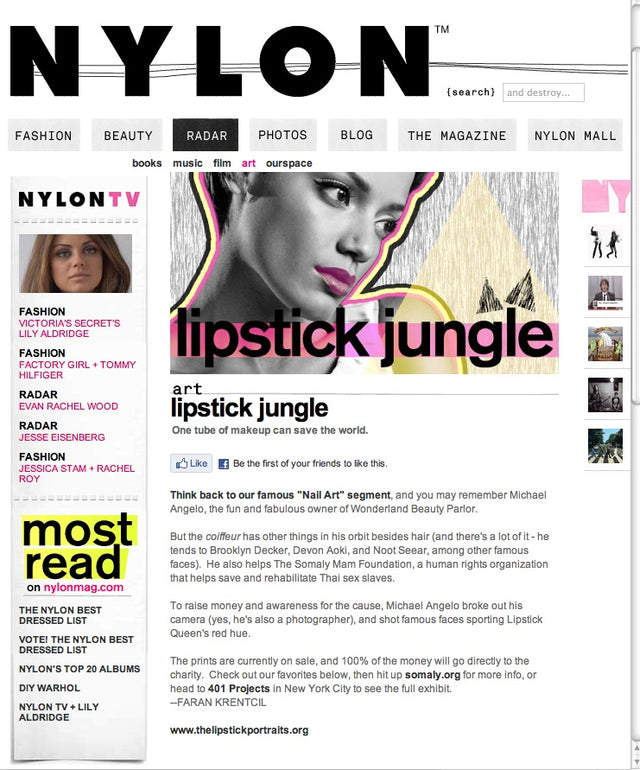Beauty is powerful. It plays with our strongest emotions. Our conceptions and perceptions of beauty are connected to our most deeply cherished values, beliefs, and desires. Encountering beauty opens space in us for shifting how we see, understand, and live in the world.
These portraits ask where and in what we choose to find beauty. They ask what kind of world we choose to make.
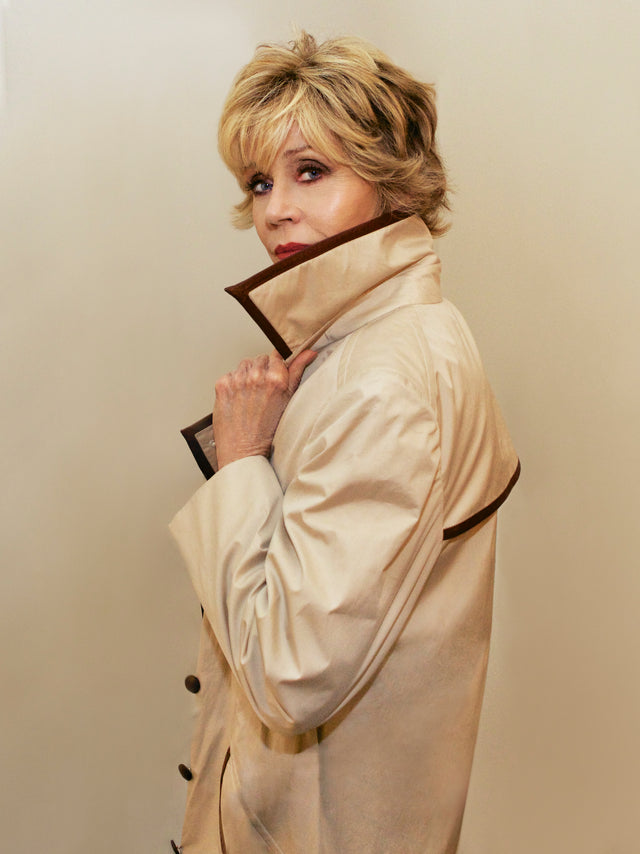
This power that beauty possesses is double-edged. The use to which beauty and the tools of beauty are put often drives us to extreme and diametrically opposed reactions. For some, beauty is enticing; for others, it is alienating. For some, it is alluring; for others, it is utterly unapproachable. A beautiful image can celebrate the wonders of the world, or it can exploit them. What we take to be beautiful or what we are told is beautiful can liberate us to find the beauty in ourselves and others, or it can enslave us to unattainable canons of beauty over which we torture ourselves. At its worst, a perverted idea of beauty can be used as cover, deployed to provide a veneer of palatability on certain aspects of humanity's basest impulses. Beauty can only be as noble as the heart that invokes it.
Red lipstick, arguably the unsurpassable symbol of feminine beauty, functions in just this way. For most Western women who wear red lipstick, it is an expression of freedom to present oneself as one chooses, to assert one's power to act and think independently (though, to be sure, there often lurks here a desire to be fashionable, as well). For young women and girls forced into sexual slavery, however, red lipstick is the mirror image of this: it symbolizes their utter lack of freedom and their availability to be disposed of as a man who pays for the privilege sees fit.
In the images that compose The Lipstick Portraits, red lipstick is used to mark the subjects as free, independent, beautiful people, people whose lives exemplify the virtuous side of true beauty: creative self-expression, personal agency, courage, inspiration, strength, generosity, determination, action, leadership, selflessness in service, joy, love. These individuals have marked themselves with red lipstick to stand in solidarity with the women and girls sold into sexual slavery who have been branded with red lipstick against their wills, for whom red lipstick is a sign of unfreedom, servitude, and social stigma—of all that is ugly, though their oppressors try to cover it with the hideous red smear of a product designed for beauty.
These portraits, influenced by the sensibility and iconography of popular culture, fashion magazines, religious devotion, and the masterworks of Western art history, are like windows into a tremendous hotel (or brothel?—think of Genet's The Balcony), in each room of which a story is being told, a story about beauty and freedom, ugliness and slavery, and how, in a world in which the human heart can dream up both evil of unspeakable proportions and good that sometimes seems to border on the miraculous, beauty and ugliness, freedom and slavery, are often difficult to separate with precision.
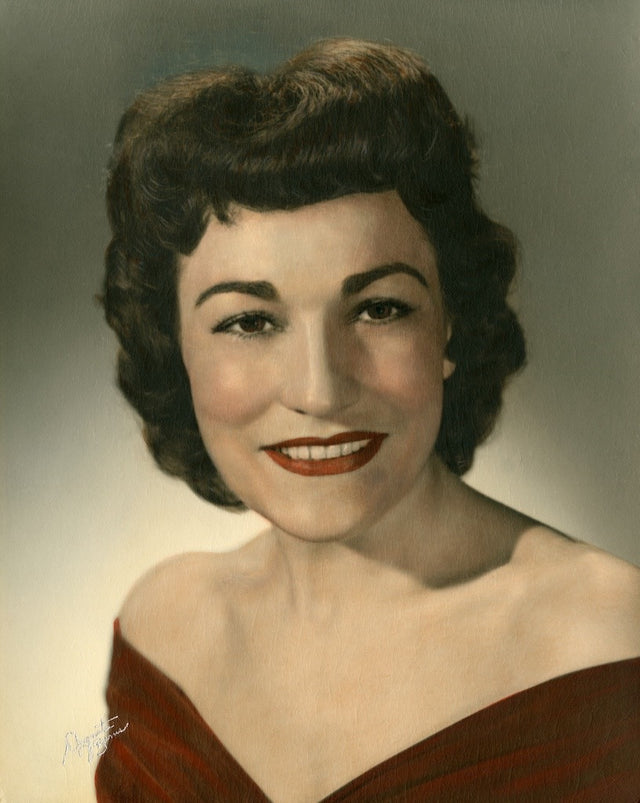
This project is dedicated to the memory of my beloved grandmother Rita, who loved lipstick almost as much as she loved me.

